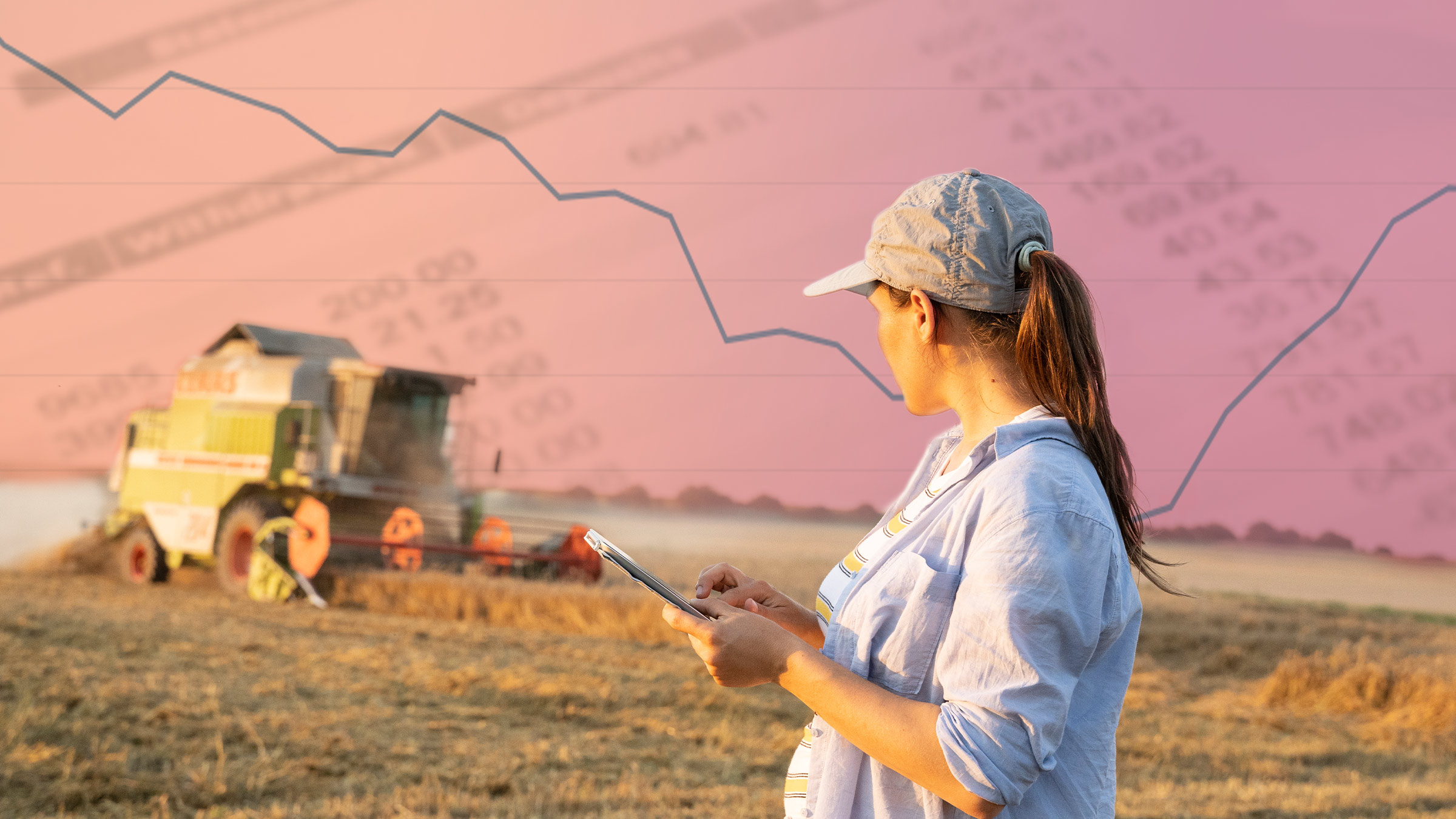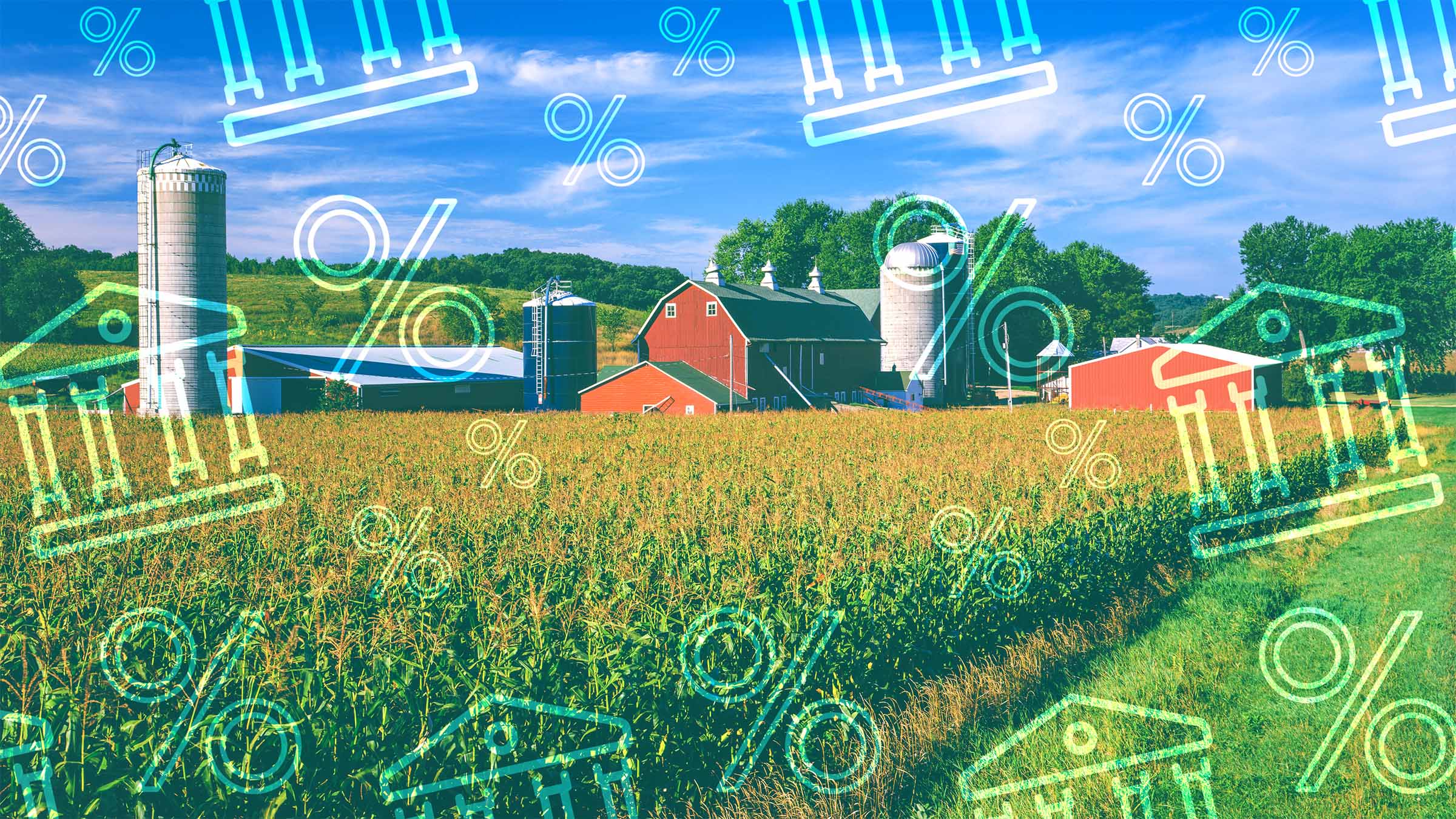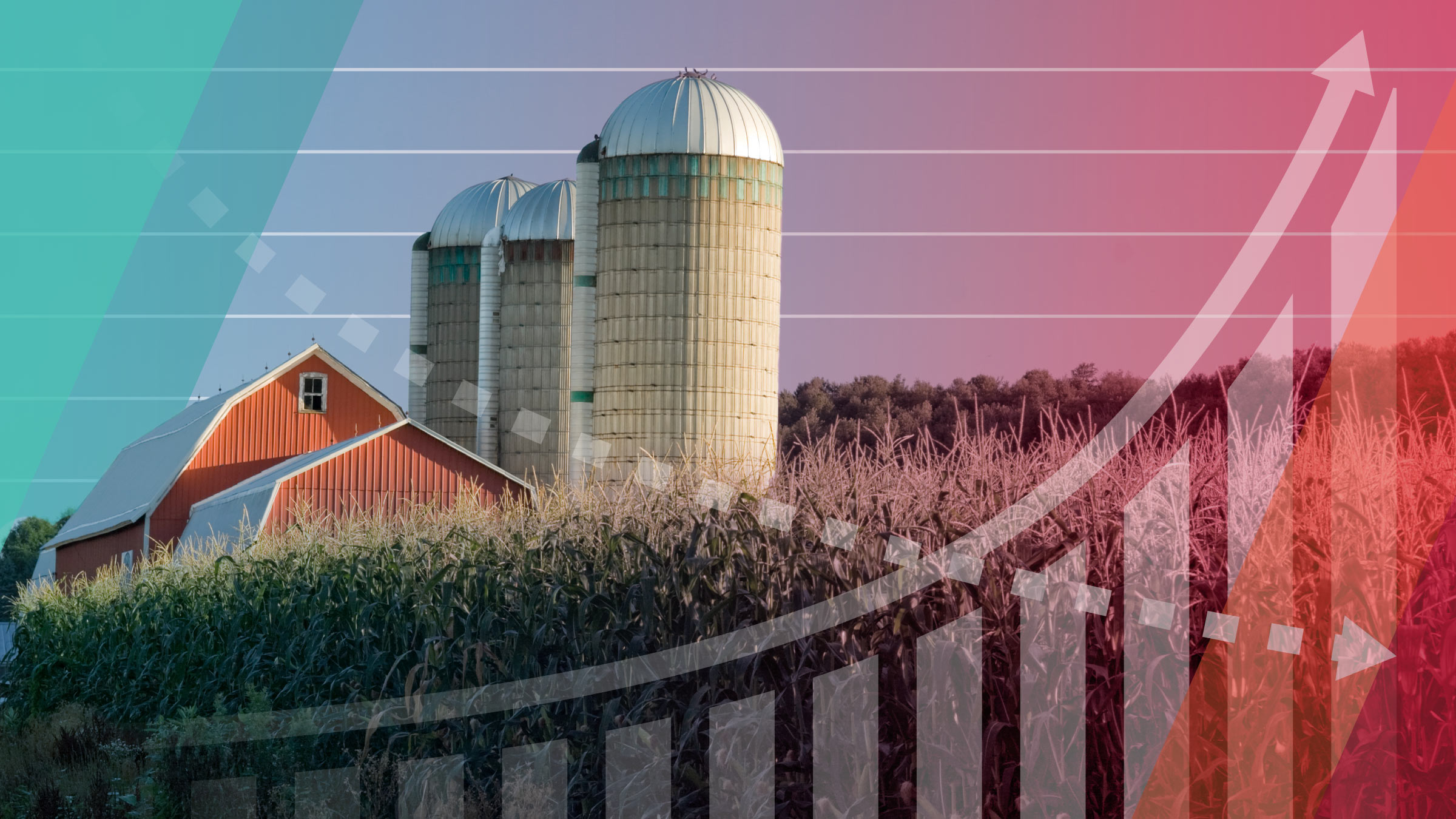Abstract
At the end of each year, the Congressional Budget Office (CBO) estimates capital gains for the year ending and forecasts them for the next decade. The decade forecast is made using CBO’s forecast of GDP and an assumption that gains revert from their current size to their historical size relative to GDP. Our objective in this paper is to improve on CBO’s forecast method, particularly for the first year ahead. We settled on two procedures to forecast gains one year ahead. The first is similar to CBO’s method for forecasting gains. It uses an equation to forecast gains given forecasts of economic and financial variables. This procedure requires a prior step to forecast the economic and financial variables. The second procedure integrates the forecasting of gains and other variables into a single model. In this model we found it advantageous to work with quarterly data, so we interpolate the reported annual series on capital gains to a quarterly frequency. In order to get an annual forecast of capital gains we average the forecasts for the four quarters in the year. Forecasting in the prior step of the two-step method and the integrated quarterly method was based on Bayesian-restricted vector autoregressions. Both of the procedures abstract from the effects of tax changes on realizations. Aside from the difficulty of forecasting legislative acts, CBO’s baseline is required to assume that current law continues. We abstract from tax changes by constructing a series of capital gains realizations that assumes taxes remained at their 1998 level throughout the 1948-2000 period used for model development. Although we compute errors at all horizons, we base our model comparisons on their root mean squared errors (RMSE) in 1-year-ahead out-of-sample forecasts of tax-adjusted gains over the period 1971-2000. Our application of CBO’s mean reversion method found a RMSE of 18.7 percentage points. The two-step forecasting method reduced the RMSE to 14.8 percentage points, and the integrated quarterly method reduced the error to 11.9 percentage points. Two related findings from our investigation may be useful to CBO. First, the models we developed may help CBO improve its estimates of gains in the year ending. Second, the models may provide some help in forecasting a second year ahead, but after that, either mean reversion or a simple random walk model with drift appears to be as good or better.





